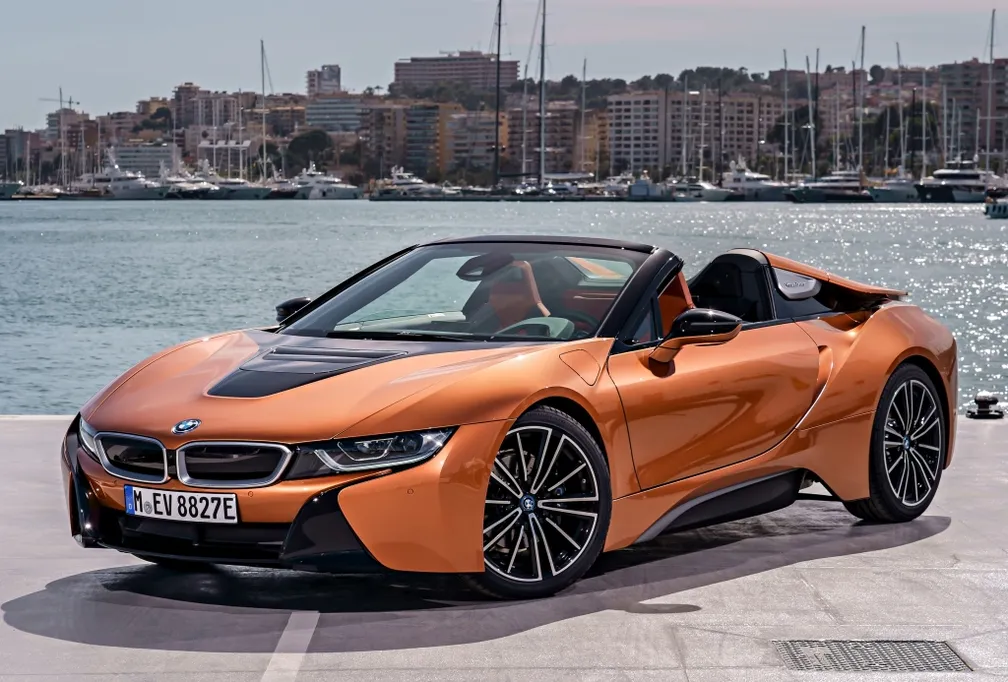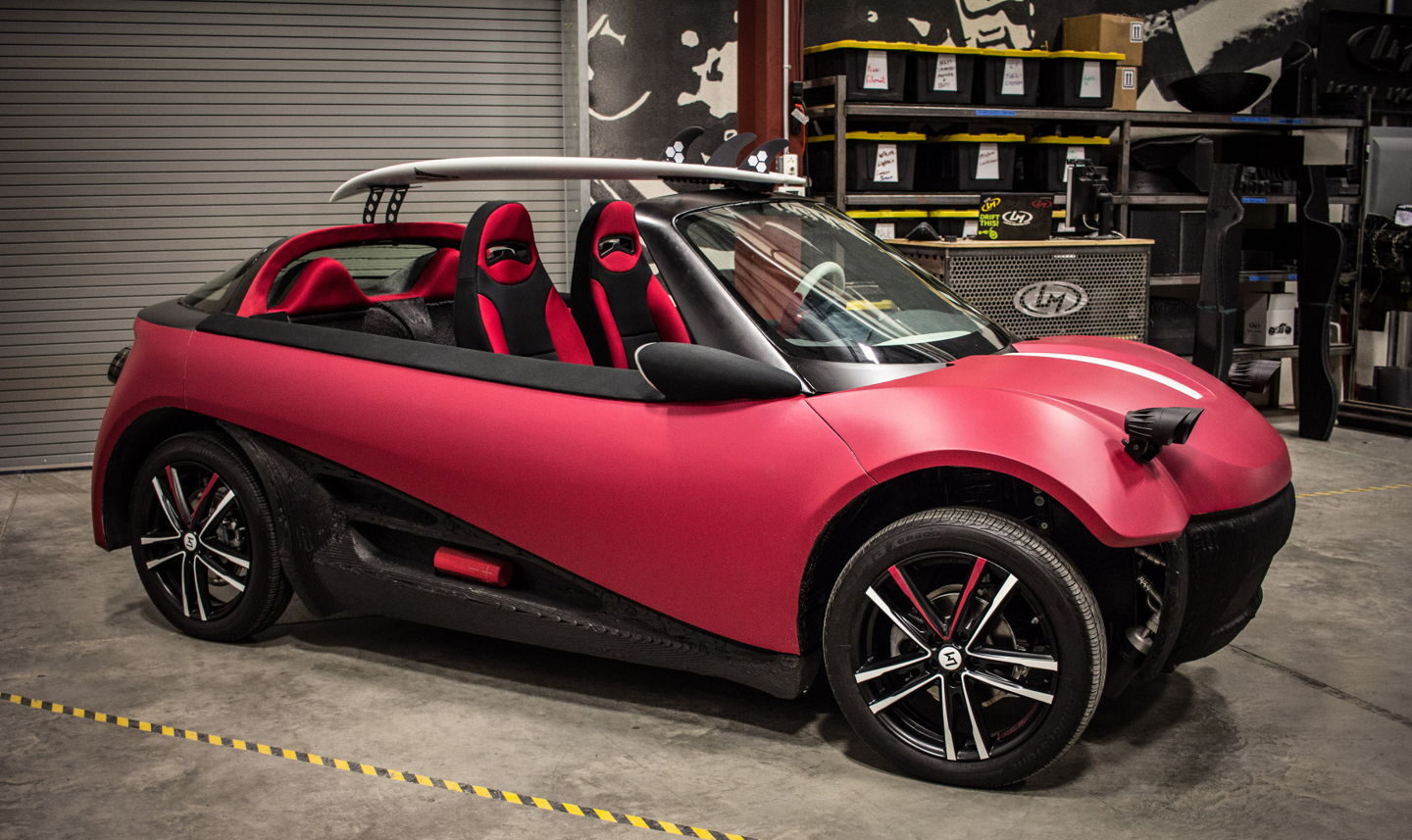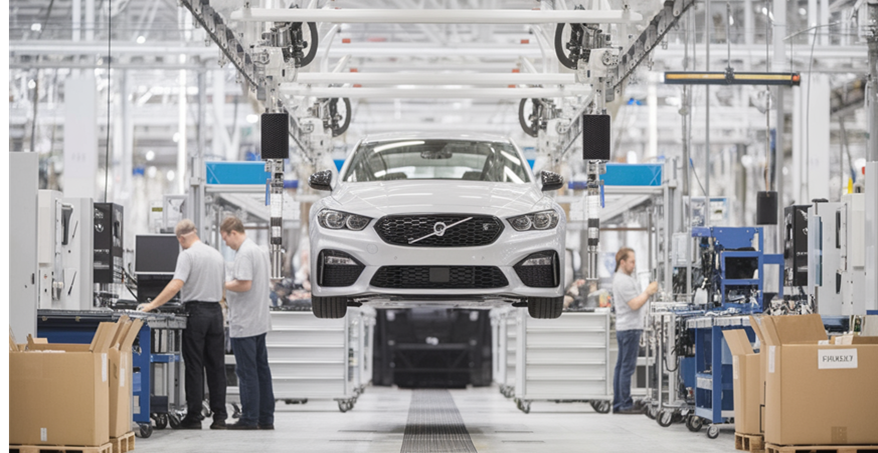The automotive industry thrives on innovation, efficiency, and constant evolution. One of the most groundbreaking advancements shaking up car manufacturing today is 3D printing technology, also known as additive manufacturing. Once viewed simply as a tool for rapid prototyping, 3D printing is now redefining how cars are designed, produced, and customized.
Let’s dive deep into how 3D printing is revolutionizing car manufacturing, reshaping the automotive landscape, and setting new standards for the cars we drive.
Understanding the Impact of 3D Printing on Car Manufacturing
3D printing creates physical objects layer-by-layer from digital designs, drastically reducing complexity, production time, and costs. In the automotive sector, this technology opens up unprecedented possibilities for custom-built components, lightweight parts, and streamlined manufacturing processes.
Here’s why 3D printing is becoming a game-changer:
-
Rapid prototyping: dramatically shortens development timelines.
-
Customization & personalization: easily tailors vehicles to individual preferences.
-
Cost-effective small-batch production: ideal for limited-edition cars or specialized components.
-
Material efficiency and sustainability: significantly reduces waste compared to traditional manufacturing.
Benefits of 3D Printing in Car Manufacturing
1. Faster Development and Prototyping Cycles
Traditionally, car manufacturers spent months—and sometimes years—developing prototypes. With 3D printing, prototypes are created in days or even hours. Companies like Ford and BMW have already integrated 3D printers, enabling designers and engineers to test ideas rapidly, refine designs instantly, and accelerate the car-to-market timeline.
2. Lightweight Components & Enhanced Performance
3D printing makes it possible to produce incredibly lightweight parts without sacrificing strength. For instance, automakers like Bugatti and McLaren now produce lightweight titanium brake calipers and aerodynamic components through 3D printing. The reduction in weight enhances fuel efficiency and vehicle performance, a major plus in competitive markets.
3. Cost-Effective Manufacturing of Complex Parts
Producing intricate car components using conventional methods is expensive and time-consuming. With additive manufacturing, complexity is no longer costly. Luxury brands such as Porsche and Lamborghini now utilize 3D printing to fabricate complex internal structures and specialty parts more efficiently, saving costs in low-volume productions.
4. Customization and Personalization at Scale
Imagine buying a car tailored precisely to your tastes and preferences. 3D printing makes mass customization feasible, allowing consumers to personalize components like interiors, trims, or even unique body panels. MINI, for example, already offers personalized, 3D-printed dashboard trims and decorative elements, enhancing the customer experience.
Examples of Cars Already Using 3D-Printed Components
The automotive industry is already tapping into the immense potential of 3D printing. Let’s examine some impressive examples:
BMW i8 Roadster (Price Range: $148,500 – $163,300)

-
Features 3D-printed metal convertible top components.
-
Improved structural strength and weight reduction.
Bugatti Chiron (Price Range: $3,000,000 – $3,900,000)

-
World’s first production vehicle featuring 3D-printed titanium brake calipers.
-
40% lighter and significantly stronger than traditional calipers.
Local Motors’ Strati (Price Range: Concept Vehicle)

-
Fully electric vehicle constructed using primarily 3D-printed components.
-
Demonstrates the future potential for fully printed car bodies.
Sustainability and Environmental Advantages
3D printing aligns closely with sustainability goals by reducing material waste, streamlining manufacturing, and enabling localized production. Because components are built precisely, there’s minimal excess material, reducing environmental impact. Companies committed to eco-friendly production are rapidly adopting additive manufacturing technologies as part of their green strategies.
Challenges and the Path Forward
Despite incredible potential, the automotive industry faces challenges with 3D printing on a large scale, such as production speed, limited materials suitable for automotive-grade durability, and initial cost investments. However, rapid advancements continue to address these issues. As technology improves, 3D printing will become increasingly commonplace in mass-produced vehicles, reshaping traditional manufacturing entirely.
How 3D Printing Is Shaping the Automotive Future
3D printing isn’t just another industrial advancement—it’s a revolutionary shift fundamentally changing the automotive industry. It empowers automakers to design and manufacture faster, smarter, and more efficiently, with endless possibilities for innovation, customization, and sustainability.
As technology advances, expect 3D printing to push automotive design and production even further, reshaping cars from the ground up, changing how we drive, what we drive, and how personalized vehicles can truly be.
Embrace this new era: the automotive future is being printed today.


